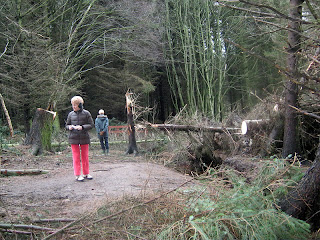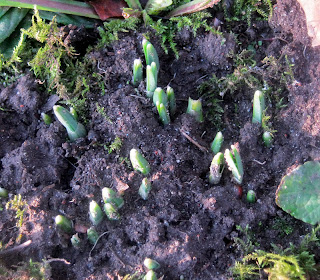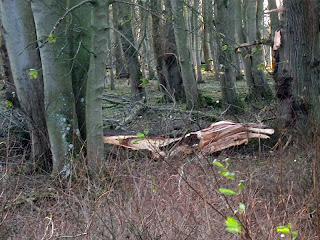Grey Granite has been concerned lately by the disrespectful treatment of wild animals in unnatural situations for human entertainment; pandas in Edinburgh and camels in Ellon. She came upon this gentle and evocative poem by the Irish poet, Bernard O'Donoghue and thought that it captured perfectly the fascinating privilege of watching wild animals go about their daily lives in their natural habitats, undisturbed and oblivious to human presence.
 |
| Romesdal Burn entering Loch Snizort, haunt of dippers, heron, cormorants and the elusive otter |
Hover
For John O'Donoghue
After our sighting of the kingfisher,
humming straight up the river in its path
of turquoise, we would stop at the bridge
several times a day, hoping and praying.
We saw the dipper, now a bird as common
as the blackbird, corncrake or the crane;
often we'd see the heron keeping an eye
on its schedule, before lifting off
into the wind and swinging in a big arc
towards Cullen with the wind to its back.
But shortly before we left, among the rocks
beneath the outlaw's cave, we caught a still
rarer glimpse: the otter, briefly incautious,
appearing in the sun, then gone. And now
it was him we went back to look for.
We didn't see him again. But we've marked
the rock he paused on, so we'll return
next year and find him, sure of the place
above the water where his holt is, dark
and sheltered from the bandogs of the day.
















































